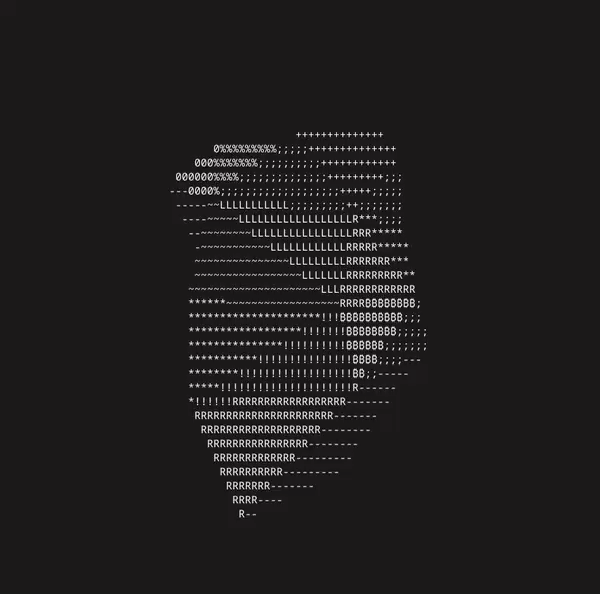Maybe Bitcoin NFTs Are a Mistake
Or at least the debate isn't framed right

The term “Bitcoin NFT” has become a loaded term in cryptocurrency
Bitcoin Ordinals has brought fresh debate about the original blockchain
Critics concerned about high spam and fees due to emergence of Ordinals
Ordinals could change currency narrative to block space concept instead
Since January, a new dynamic has emerged within Bitcoin. It’s one of the most thought-provoking developments as it pertains to the world’s oldest cryptocurrency in years.
Bitcoin NFTs.
Yep, it’s a loaded term. And the proponents of this would prefer it called “digital artifacts” or “Ordinals” and not NFTs. That’s not a bad idea. Because the way this is designed is actually quite different from how NFTs work on other chains such as Ethereum - where most NFT activity exists now.
Atoms, Not Links
Satoshi Nakamoto, the pseudonym inventor of Bitcoin, long ago quoted in Bitcoin ‘s codebase about the concept of “atoms”. The idea was to enable user reviews or other “attestation” data within the network. Ordinals are different from that, but the a key idea from this atom concept that is super interesting: The uniqueness of satoshis.
That’s where Ordinals come in. Every single satoshi, the smallest unit of bitcoin at 0.00000001 BTC, has a unique place on the blockchain. The Ordinals handbook goes into more detail on this. Here’s some basic notation how one satoshi is not like another. A perfect use case for non-fungible tokens or NFTs - the concept of uniqueness.

The ability to “order” Ordinals is what makes this implementation more elegant than other blockchain NFT systems. Whereas on other blockchains a link is often used as a pointer for an NFT, Ordinals are different.
Data is actually stored on the Bitcoin blockchain, thanks to the Segregated Witness (2017) and Taproot (2022) upgrades to the network. But these upgrades were designed to scale Bitcoin, not “spam” or inundate it with fees as some critics believe is happening with Ordinals.
What’s the Spam Problem?
Criticisms of Bitcoin NFTs are of course part of crypto discourse now. There is concern among some in the community that artifacts will clog up the Bitcoin blockchain. Worry also exists that fees will rise as JPEG-stuffers fill blocks with what these critics consider flimflam.

Both of these criticisms have some merit. Since the end of February and into March, the amount of text being inscribed on the Bitcoin blockchain using Ordinals is higher than those of images.
Surely some of this text inscribed is spam, just like images. But it’s text that should be concerning. If the blocks are filled with worthless text, that is a scenario for a blockchain full of junk. Not good.


But it’s not just junk floating out on the chain: The project Ordinal Loops is an example of ASCII art text being inscribed as images. That’s pretty cool, but may just be an outlier in a huge sea of blockchain junk.
We’ll see.
What’s the Fee Problem?
As for fees, there has been a spike in fee costs on Bitcoin recently. However, there’s been higher spikes in the past year. And bitcoin price has been jumping, which always correlates with higher transaction fees. Ordinals didn’t get off the ground until late January, so the fee argument needs more time for merit.

What is true is that there are a lot of fees being paid for the creation of Ordinals. Over $1.5 million in fees have been paid for inscribing bitcoin artifacts on the blockchain. So despite the criticism, it’s fair to consider that miners don’t have a problem with this.
This is all fine and well now, but there is some concern about the future. One of the worst things that can happen is that a fee market can develop.

This has happened before, and it’s not fun. A fee market basically means there is competition to be included in a block. When transactions start filling up the chain, prices start to go up.
As this dynamic plays out, a regular person not jacked into what’s happening with crypto just notices that network fees become exorbitantly high. Bitcoin’s decentralized nature means there isn’t a lot of broadcasting to users what is going on.
Bitcoin just becomes expensive.
Is Bitcoin Becoming Like IP Address Space?
The less Bitcoin block space available, the more competition to be included in blocks. So fees start to rise, and those able to afford higher fees will get included in the blocks first. That’s a simple supply and demand issue, of course.
Scaling solutions have been talked about for solving this, but this is a discussion for today, not tomorrow. It makes me think Bitcoin is going more towards the IPv4 address space in its form and function over a currency.

Amid bank failures crushing crypto liquidity, over-the-counter desks are popping with requests to buy crypto, and especially bitcoin, as an alternative to the banking system. Galaxy Digital certainly thinks so, although competitors like FTX and Genesis and others are dust now, so of course the last desk standing might be doing okay.

There’s no easy comparison to the world’s oldest cryptocurrency as a traditional banking hedge versus old-school IP address space still being valuable. Is there? Thus, the debate about Bitcoin NFTs, artifacts, Ordinals - whatever you want to call it - is interesting. It’s resurrecting much-needed debate about the O.G. coin and its place.
So maybe thinking this is all a mistake might be more about thinking about what Bitcoin should be versus what it is actually becoming. Because reversing this Bitcoin NFT thing ain’t happening.
When you live in a world where people suddenly find out Roku streaming devices only use IPv4, you start to wonder how much of the modern internet is underpinned by ancient shit that just works.



